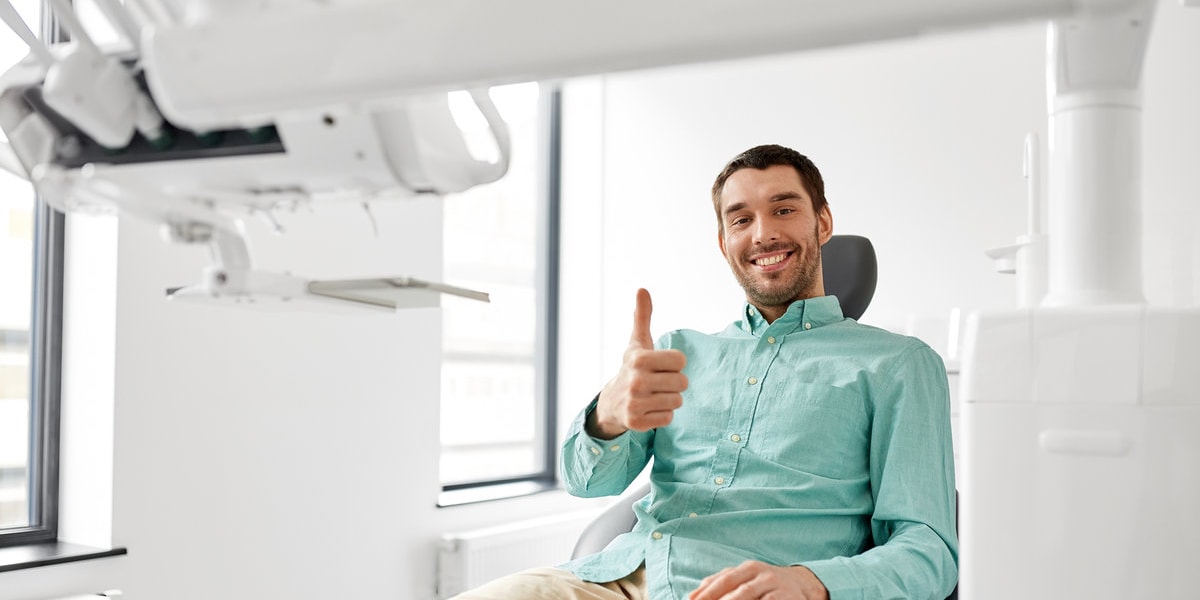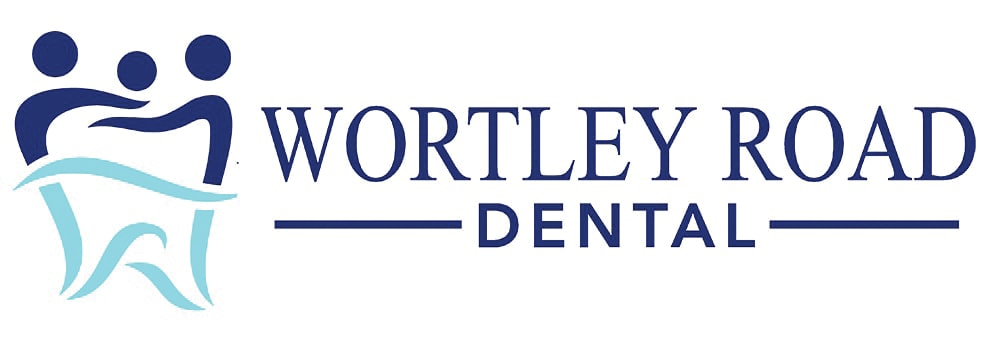Manage Dental Phobia Through Sedation Dentistry

Have you ever avoided a dental visit because you were overwhelmed with dental anxiety? Well, you are not alone. Dental phobia is a real thing; adults also fear the agony of dental works, let alone the children. Thanks to the advancements in sedation dentistry, you need not be scared of dental procedures anymore.
Whether it’s a regular teeth-cleaning session or a dental crown procedure, dental anesthesia reduces the pain. Still, it’s not enough to fight dental phobia without using sedatives.
As the name suggests, sedation in dentistry uses sedatives to put patients in a relaxed mode during a dental procedure. This method uses a wide range of techniques, from laughing gas to dental anesthesia. The goal is to make the patient – especially kids with dental anxiety – feel comfortable.
Also known as “sleep dentistry,” sedation helps even those who have the most severe dental phobias. Despite being named sleep dentistry, not all techniques involve actual sleep. Rather, the patients are kept awake in most cases unless given general anesthesia.
Laughing gas is not the only way to calm kids before and during dental work, such as getting a dental cap or root canal. Dental sedation is a complex field with a variety of sedatives for patients with dental phobia.
Different levels of sedation
Different sedation techniques have different degrees of relaxation. For general cases, the dentist may use a conscious sedative, such as laughing gas or oral sedation. In case of severe dental anxiety, the patient may need a general anesthesia.
The type of anesthesia you receive depends on the degree of your dental anxiety, the extent of the dental procedure you require, and your anesthesiologist’s discretion. Considering these factors, you may receive sedatives at these different levels.
-
Minimal Sedation
It usually involves taking oral medicines or pills. The patient remains awake but feels relaxed. Under minimal sedation, the body functions normally, and the patient can respond to verbal commands. Further, there is no need for breathing assistance.
-
Moderate Sedation
For moderate sedation, the patient receives the sedative orally or intravenously. In moderate or conscious sedation, the patient remains awake but does not remember much of the procedure. While the patient responds to touch or verbal communication, they may slur the words while speaking.
-
Deep Sedation
The patient may be deeply sedated as the dentist administers sedative through a combination of injection, oral medication, or laughing gas. Under deep sedation, the patient is on the edge of consciousness but may respond to some stimulants. Also, the patient may need breathing assistance at certain levels.
-
General Anesthesia
The dentist either injects local anesthesia into the tissue or applies a topical medication on the area under surgery. The patient remains completely unconscious under general anesthesia.

Types of sedatives used in sedation dentistry
Each dental office uses different types of anesthesia depending on the license issued to their office as they practice sedation dentistry. Here are the different types of sedatives that your London dentist uses:
-
Laughing Gas
Laughing gas is the most common sedative used in dental treatment. It is inhalation analgesia that is easy to administer and takes effect immediately. Laughing gas sedation particularly helps children with anxiety, and they stay awake during the treatment.
Your London dentist administers laughing gas by placing a mask over your nose. As you breathe the gas in, you feel relaxed within seconds. The relaxant tends to wear off quickly as the mask is removed.
-
Conscious Sedation
Conscious or oral sedation involves the use of oral pills or liquids. It slows down the central nervous system (CNS), helping you to relax. Throughout the sedation period, the dentist maintains a verbal contact with the patient.
Under oral sedation, the patient retains the ability to breathe independently. The dosage might range from minimal to moderate. It is important to be safe with the amount of dosage to avoid complete loss of consciousness.
-
IV Sedation
Intravenous sedation (IV) involves injecting the sedative directly into a vein. It takes effect quickly and allows the dentist to adjust the levels of sedation. The patient remains awake during sedation but is less aware of what’s happening. You may need some time to recover from the sedative effects.
-
General anesthesia
Under local anesthesia, you either become partially or totally unconscious. The patients “wake up” only after the effects of anesthesia wear off. The dentist may either inject the sedative intravenously or along with laughing gas.
Who qualifies for dental sedation?
Both adults and children with dental phobia or anxiety can receive dental sedation. It is particularly suitable for people who have sensitive teeth, a low pain threshold, or a bad gag reflex. Also, people who need to undergo major dental works, such as dental extraction, tooth decay, and smile makeover, may find sedation dentistry beneficial.
Dental anxiety in children
Early childhood caries or ECC is a common dental disease in children. The baby-teeth cavities require surgical intervention. ECC is an infection that spreads due to poor oral hygiene. During the treatment, the dentists may give sedatives to children to relieve pain and anxiety.
The use of sedatives will make your child’s dental visit smooth and comfortable. For mild dental anxiety, your child may receive laughing gas. In extreme dental phobia, your child may require a higher level of sedation . It is important to factor a child’s age and weight in determining the sedation dosage.
Final Thoughts
While any dentist can administer a mild sedative, for IV sedation and deep anesthesia, dentists require a certification. Some pediatric dentists are trained in giving oral sedation to children. If your child has dental phobia, make sure to take them to the best kids’ dentist near you.
Whether you or your child requires emergency dental care or has to undergo a major dental work, always seek for sedatives. Talk to your London dentist about your best options.


